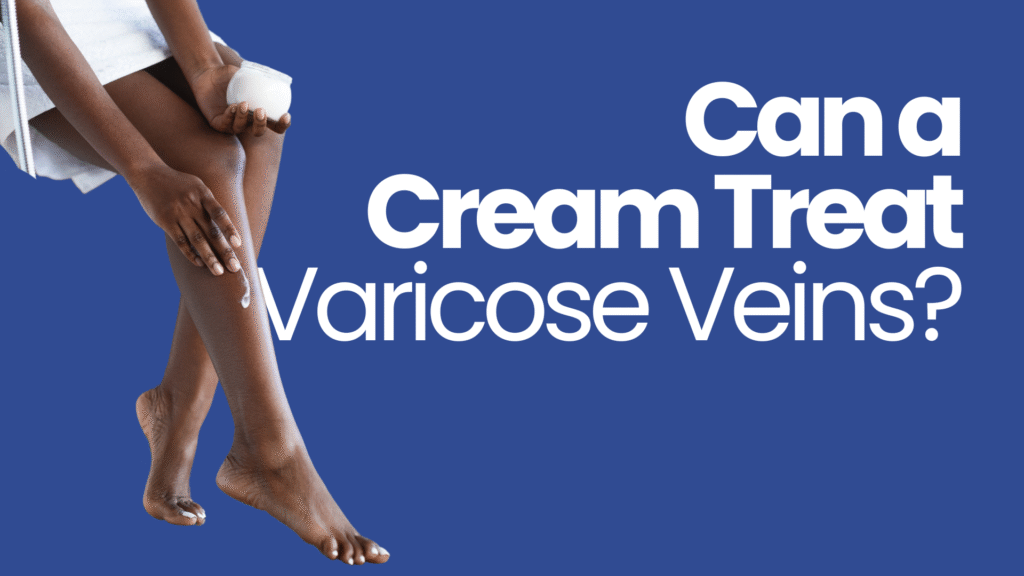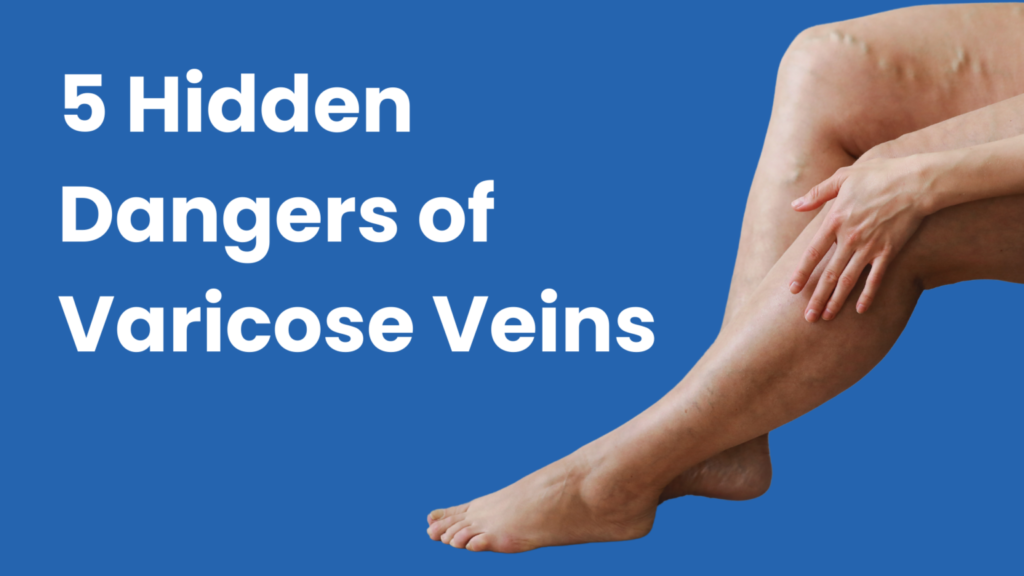Do you suffer from achy or tired legs? They can really put a damper of your lifestyle, especially if you avoid going out at the end of the day, just because you feel the need to head home to prop them up. Worse yet, at times that heavy feeling needs to be massaged away, or the itching and burning can kick up at work. These are some of the early warning signs of vein disease, which can progress to the point where fine red, blue, or purple lines begin to appear just below the surface of your skin.
Sometimes, the splotches are large, and take on a knotted appearance. At this point, you probably need a spider or varicose vein treatment Miami residents are all too familiar with. The good news is that you may be able to prevent these spots from appearing, and lessen the symptoms of vein disease with a simple trick – compression socks.
What’s Happening to Your Legs?
When your venous system is healthy, blood is pumped through your body in a single direction. Your veins contract, and blood heads back to the heart. These pathways also have tiny valves, which stops the blood from flowing backwards. If the system becomes weak, the valves fail to close, and you can wind up with a myriad of symptoms. This is known as venous insufficiency.
Symptoms of Venous Insufficiency
Although the condition itself isn’t dangerous, there are many symptoms that come with it. Sometimes, it can progress to the point where a person continually feels uncomfortable, or can’t walk due to pain.
- Fatigued or heavy legs
- Swelling of the legs or ankles
- Itchy or painful legs
- Pain while walking
- Leg cramps
- Spider or varicose veins
- Leg ulcers
Causes of Venous Insufficiency
Things like smoking, a sedentary lifestyle, pregnancy, and age can contribute to the issue. It’s also worth noting that women tend to suffer from it more often than men, though millions of people throughout the country have venous insufficiency. Once you have spider or varicose veins, they don’t go away on their own, so you’ll need to see a vascular physician for treatment if you want them gone. Therefore, if you begin to notice the symptoms, it’s wise to take preventative measures.
How Compression Socks Help
Graduated compression therapy, or the use of compression socks, squeezes your leg and condenses the veins. The socks are specially designed to provide incremental amounts of compression, with the foot of the sock being the tightest. As you walk, the stockings hug your calf to constrict the veins. Because the pathways become smaller, the valves have an easier time closing, and normal blood flow is restored. Today’s compression socks come in all sorts of styles and colors, so it’s easy to coordinate them with your attire for everyday wear.
Most people find out about compression socks from their doctor, though it’s something you can certainly try on your own. If symptoms don’t improve or worsen while undergoing graduated compression therapy, its’s important to schedule with a vascular physician to receive alternate treatment and verify that you aren’t suffering from a more serious condition.


